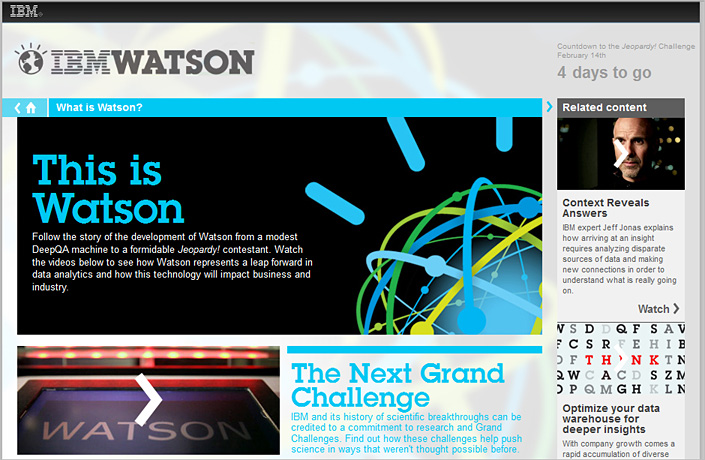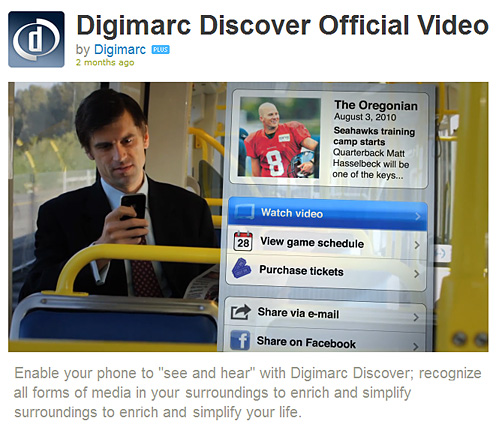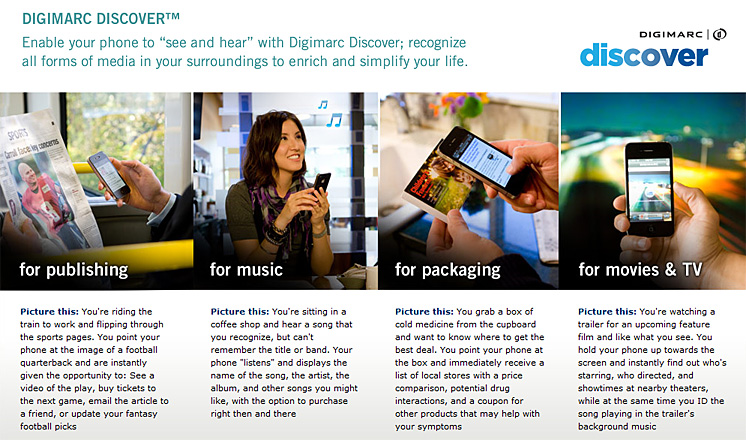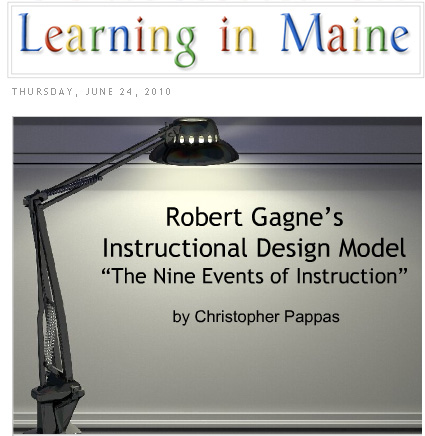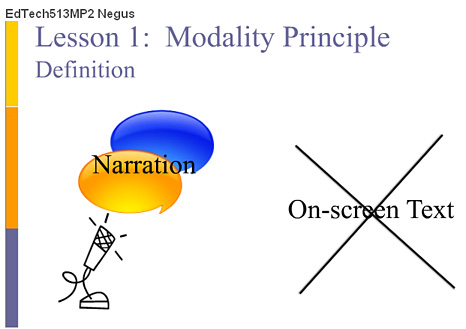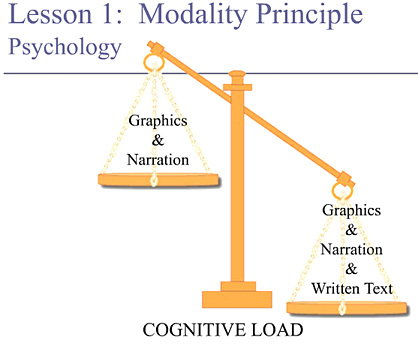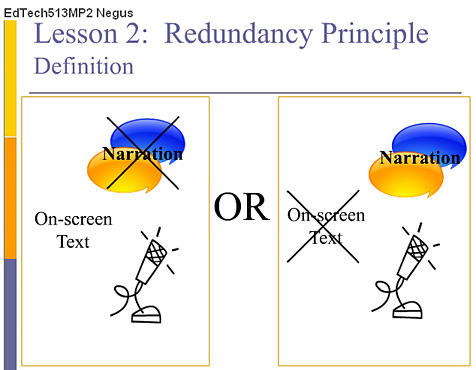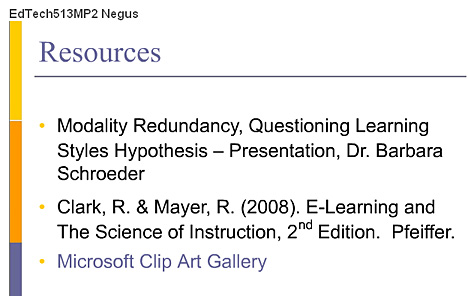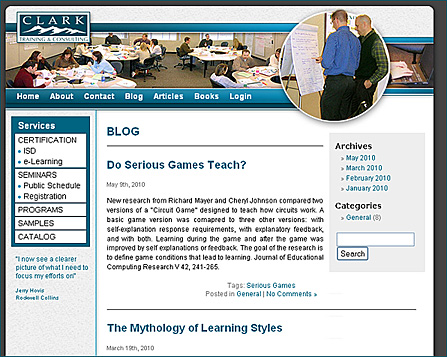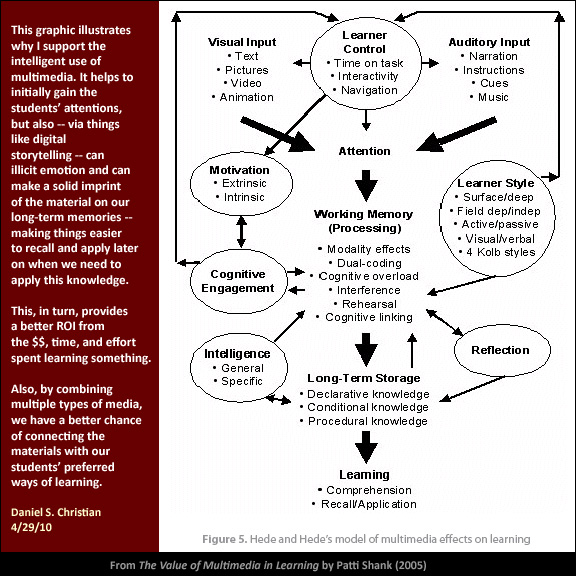Infographic: How does the brain retain information? — from MindFlash
Smartphones as Cognitive Prosthetics — from insidedigitalmedia.com by Phil Leigh
From DSC:
Watch the Digimarc Discover video below — then think about how this might apply to anytime, anywhere learning!!! Wow!
Apollo Group joins learning technology partnership with Stanford University — from businesswire.com
Partnership brings together academic researchers and select industry partners to study interactive communications and technology; Apollo Group’s Dr. Tracey Wilen-Daugenti to serve as visiting scholar
Through the partnership, Apollo Group and Dr. Wilen-Daugenti will work with Stanford University faculty and researchers studying basic issues about the design and use of modern technologies and their impact on today’s learner. Apollo Group will also participate with Stanford faculty members and graduate students to explore the role technology can play in higher education organizations, with a specialization in distance learning.
“Technology today is changing at an extremely fast pace, which impacts both enterprise and educational institutions, requiring them to keep up with the latest trends,” said Dr. Wilen-Daugenti. “Students are increasingly exposed to the latest technology in their lives, and seek access to it in their work and education environments. Through this partnership and visiting scholar program, we hope to address this issue and find ways for higher learning institutions to more readily use technology to address the needs of today’s students.”
Modality & Redundancy eLearning Principles — from Anne Negus via Wanza Wiley
Here are some of the slides from that narrated presentation:
…
I just listened to a presentation by Dr. Ruth Clark entitled, “Efficiency in Learning: Applying Cognitive Load Theory to Distance Learning”. Below are my notes from her presentation.
Besides our long-term memory we have a working memory — which is where the action is and where cognitive load theory focuses
- 7 +- 2 chunks
- George Miller’s work in the 1950’s re: the limitations of working memory
- Cognitive load theory is an update to George’s work
- The concept of “chunking” and the capacity of short term memory. Miller (1956) presented the idea that short-term memory could only hold 5-9 chunks of information (seven plus or minus two) where a chunk is any meaningful unit. A chunk could refer to digits, words, chess positions, or people’s faces. The concept of chunking and the limited capacity of short term memory became a basic element of all subsequent theories of memory.
- So segmenting of content is good – chunking it up — as information should be presented in small digestible units
- A digestible unit of information contains no more than nine separate items of information.
- By chunking information the author improves the reader’s comprehension and ability to access and retrieve the information.
- [Search for items related to “Information Processing Theory” and George Miller for more information]
- Working memory has a limited capacity
- Great for processing – not great for holding information
- Prior knowledge is key here
- Gets slower as trying to hold more information in working memory
- Our challenge as instructional designers is how to optimize cognitive load that maximizes learning
- More complex/difficult subject matter or more novice the learning à more cognitive load
- Intrinsic (imposed by content; how complex is the content?) + Extraneous / Extrinsic (irrelevant & want to minimize this) + Germaine (good stuff; relevant; want to maximize this)
- Intrinsic + extraneous + germaine = additive cognitive load
- Giving learners orientation gives better learning; establish context
- Use audio to explain visuals when appropriate – uses both auditory information track and visual information track
- Modality effect
- Better learning if a visual is explained by words expressed in audio (except if different language)
- Redundancy effect
- Don’t want to use the same text w/ same audio at the same time – less is more – if have a picture of something, with text next to it, plus having someone say that text is too much info – too much cognitive load
- Proximity effect
- Placement of text and visuals
- Keep visuals next to the relevant text/explanation of that visual
- Avoid splitting attention
- Germaine load
- Use examples – but also add self-explanation questions to examples to encourage deeper mental processing and not blowing the example off
- Some more tips
- Watch the pacing of the presented materials
- Provide control to user
- Don’t put items on screen unless serving a purpose
- Don’t put background music if trying to concentrate on learning something
- Motion – careful when use it
- If dealing with experts, don’t have to worry as much about cognitive load burdens; allow control/freedom
- Didn’t sound like Ruth supported learning styles too much – believes that we place too much emphasis on them; prior knowledge is the key according to Ruth
- Some synchronous, web-based communication and collaboration tools can cause cognitive overloads – as the interface can split our attention. We try to absorb information that is flowing at us from the various areas of the interface:
- Chat
- An attendee list of members
- The presentation area/PPTs
- Audio
- Motion w/ application sharing
- etc.
Clark Training & Consulting’s blog –> http://clarktraining.com/blog/
“With this in mind, here are a few sites that feature cognitive psychology podcasts, research, articles and news. I’m even sneaking in a few brain science sites for the true believers.”
“And just in case you’re new to this field, cognitive psychology is the discipline that examines our mental processes, such as attention, perception, memory and learning. Cognitive psychology uses an information-processing model to explain mental operations in computational terms. Your resources are below. Enjoy.”









